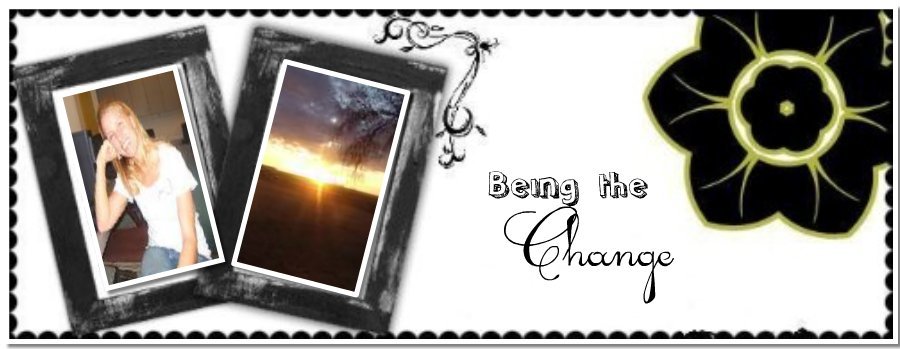
A few months ago I saw a preview for the movie called "The Soloist" with Jamie Foxx and thought then that it looked intriguing. As the time grew nearer for its release, I began to hear more and more "hype" about the movie. I began to really look forward to seeing it and even paid the absolutely ridiculous and painful price of $10.00 per ticket on Saturday to check it out.
Ten dollars and two hours later...I was disappointed. Really, you didn't learn anything from watching the movie that you couldn't have gathered from the preview. Basically, a reporter in L.A. who is searching for his next big story meets the character played by Jamie Foxx, who was a former Julliard music student now living homeless on the streets of L.A. Mr. Ayers was a victim of mental illness and schizophrenia which led to his demise. The reporter ends up befriending Mr. Ayers (but still capitalizes off of writing popular feature pieces about him) and connecting him with a new cello that revitalizes Mr. Ayers passion for music. The reporter also attempts to get Mr. Ayers off the streets and into what he perceived as a more suitable situation, but it turned out to not be quite as simple as he rosily envisioned.
At first, I was a little perturbed with the movie because it just wasn't what I expected. It wasn't as powerful as I thought it was going to be. I wasn't really moved. But since I did pay $10 to see the dumb thing, I decided to reflect on it a little more and share what I took away from it.
First of all, I was a little bothered by how the movie portrayed the homeless community. Maybe it's different in L.A., but I have never personally witnessed the chaos, the open drug use, the open prostitution, etc. that defined all the scenes of the homeless in this movie. It portrayed the shelter with a very "frightening" connotation in my opinion. It seemed to amplify the common stereotypes we hold about the homeless. I wondered how many of the homeless would feel about being portrayed in such an overly-negative light. While it is true that many homeless struggle with substance abuse or mental illness, there are also many who do not. The absolute chaos surrounding the shelter in this movie seemed a little extreme and might quite possibly perpetuate the fears that many hold toward the homeless.
Then, in the reporter's character, I recognized something that was uncomfortably familiar. In so many movies or stories about the inner city, or about the homeless, or any other less popular part of American society, there is always some white "hero" to save the day. And the story becomes more about them than the community. Even in my experiences here in South Dallas, I meet many well-intentioned people but they come with a focus that is really more about how this service will make them feel, what stories they'll be able to go back home and tell about their good deed with the poor folks. Steve Lopez, the reporter, was at first drawn to Mr. Ayers because of how he could use his story for his own purposes. Many times well-intentioned people arrive on the scene armed with an agenda and "solutions." They arrive without ever really taking the time to really get to know the people for who they are and not what stereotypes have defined them as. They arrive without asking them for their expertise and input about what the problems really are and inviting them to invest in the solutions. The result is that many times these do-gooders are either disappointed or offended by the response to their "help." They may leave indignant and angry about the lack of gratitude and appreciation by "those people." Or perhaps under better circumstances, they return to their homes in the suburbs, feeling warm and fuzzy about their service, but leaving no real change behind. Real change comes with relationships, with investment, with listening, with partnership, with community.
This movie was really about Lopez's journey of discovery in this regard. It was his realization that it wasn't about helping Mr. Ayers, but about becoming his friend. He realized that the most important thing he could do for Mr. Ayers was just be a part of his life, be a listener, be a supporter...be a friend. Forcing his ideas of solutions on Mr. Ayers only created a divide and mistrust between them. Accepting Mr. Ayers, respecting him, and dignifying him as a friend (not a service project) was where the good was found, not in the deeds he tried to do.
The other thing that I appreciated about the movie was the message that everyone has a story...everyone. No one would have suspected that this disheveled and eccentric looking man playing an old violin with two strings had once been a bright and gifted student at Julliard. What amazing stories we hear and what amazing people we discover when we look past the exterior and extend the hand of friendship.
So although it took two hours of slow moving dialogue and a whole lot of classical music (which was putting me right to sleep at 10:30 on Saturday night), there were a few important messages buried beneath the predictable storyline.

I probably would never watch this movie because I don't like Robert Downey Jr. I am glad I didn't know he was iron man before I watched that movie because it would have ruined it for me. I really liked the movie so it ended up not mattering that he was the star.
ReplyDelete